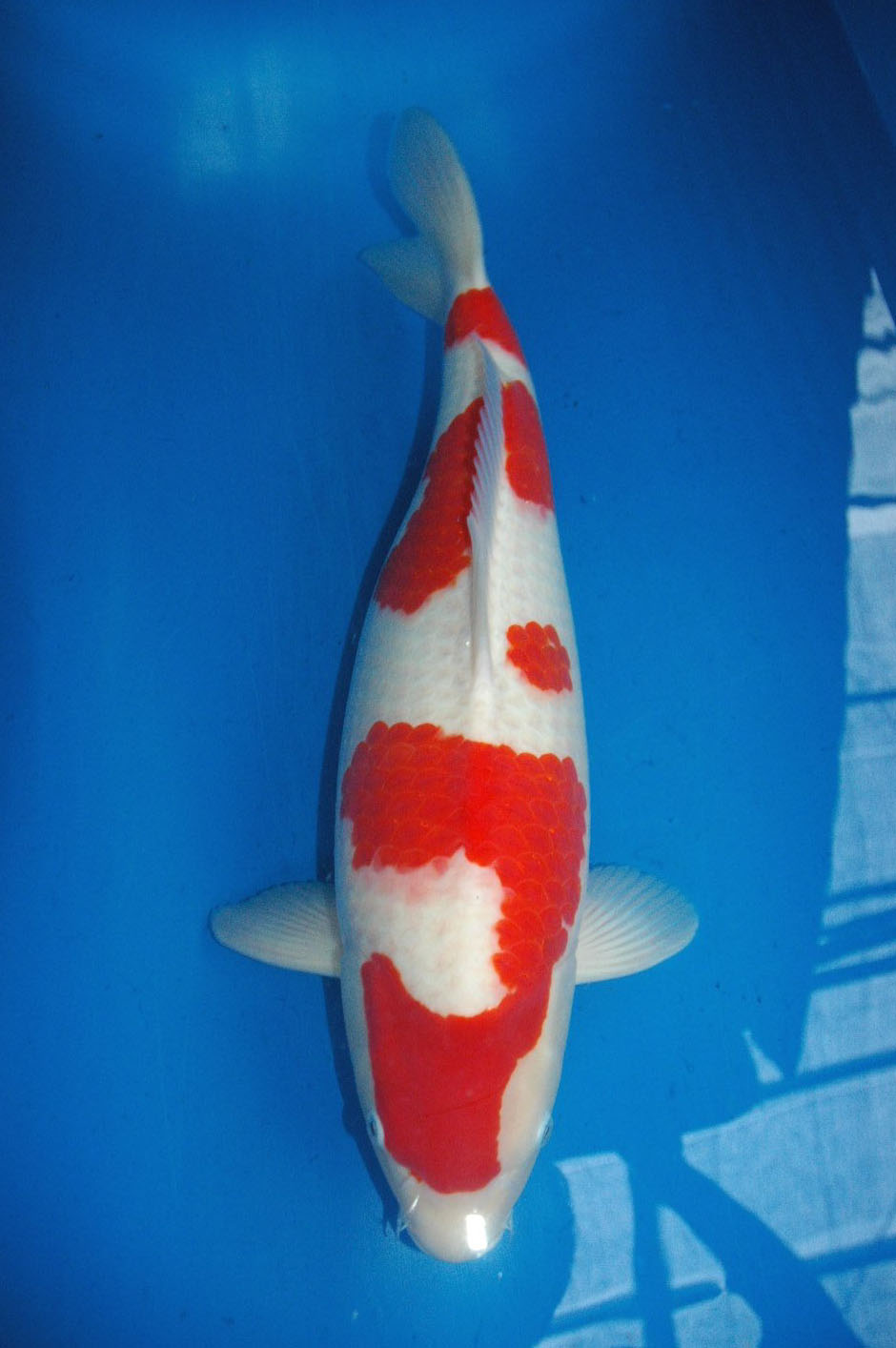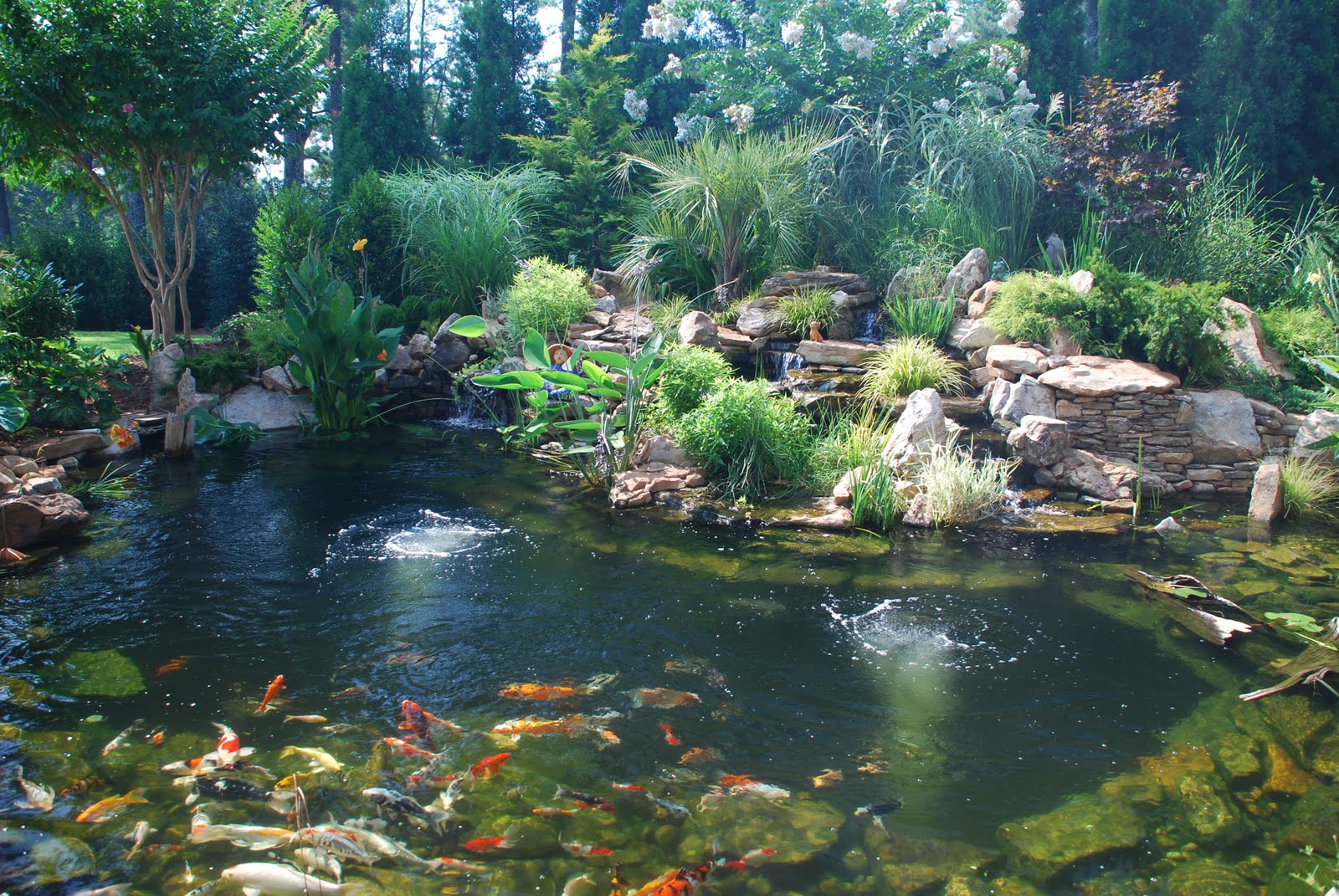
The Ultimate Guide to Dealing with High pH Levels in Your Koi Pond
What is pH and why is it important in a koi pond?
pH is a measurement of the acidity or alkalinity of water, ranging from 0 to 14, with 7 being neutral. A koi pond should ideally have a slightly alkaline pH level, between 7.2 to 7.8, as it promotes healthy fish and plant growth. However, when pH levels go beyond this range, it can have adverse effects on your koi’s health and the overall water quality of your pond.
What causes high pH levels in a koi pond?
There are several reasons why pH levels in a koi pond can rise above the ideal range. One of the most common reasons is an excess of carbonates and bicarbonates in the water, which can be caused by hard water or the overuse of chemical buffers. Another reason could be an overgrowth of algae or other aquatic plants, which can release large amounts of oxygen during photosynthesis, raising the pH level in the process.
How do high pH levels affect koi?
High pH levels can have several negative effects on koi fish, including:
- Irritation and damage to the gills and skin
- Decreased oxygen levels in the water
- Increased toxicity of ammonia and other harmful chemicals
- Altered metabolic processes, leading to stress and disease
How to test for high pH levels
Testing the pH levels in your pond is an essential part of maintaining good water quality. You can purchase pH testing kits from most pet stores or online retailers. Follow the instructions carefully to get an accurate reading. It’s best to test the pH at the same time every day for consistency.
How to lower high pH levels in a koi pond
If you find that your pH levels are too high, there are several methods you can use to lower it, including:
1. Use vinegar
Vinegar is a household product that can be used to lower pH levels in a koi pond. Mix one cup of vinegar with 2 gallons of pond water, pour it into the pond, and wait several hours before retesting the pH. Repeat until the desired pH is reached. Be cautious when using vinegar, as too much can harm your fish.
2. Add a buffering agent
Buffering agents like baking soda or sodium bicarbonate can help to stabilize pH levels. Be cautious when using buffering agents, as they can raise pH levels too high if used excessively. Follow the instructions on the product carefully and test the pH regularly to ensure it stays in the desired range.
3. Use reverse osmosis water
Reverse osmosis (RO) water is low in minerals and has a neutral pH level. Using RO water can help to dilute the carbonate and bicarbonate content in your pond water, lowering the pH level in the process.
4. Increase aeration
Increasing the level of aeration in your pond can help to lower pH levels. Higher levels of oxygen in the water can help to neutralize excess carbonates and bicarbonates. Installing an additional air pump or waterfall can help to improve aeration.
How to prevent high pH levels in a koi pond
Preventing high pH levels in your pond is easier than correcting it once it has occurred. Here are some tips for maintaining ideal pH levels:
1. Test pH regularly
Test the pH levels in your pond at least once a week to ensure it stays in the ideal range.
2. Avoid overfeeding
Overfeeding your koi can lead to an excess of fish waste in the pond, which can contribute to high pH levels. Feed your koi only what they can consume within a few minutes.
3. Control algae growth
Algae overgrowth can also contribute to high pH levels. Use a UV sterilizer or algaecide to control algae growth in your pond.
4. Use a pH stabilizer
Using a pH stabilizer can help to prevent pH levels from fluctuating too much. Follow the instructions on the product carefully and test the pH regularly to ensure it stays in the desired range.
Conclusion
High pH levels can be detrimental to the health of your koi fish and the overall water quality of your pond. Testing the pH levels regularly, preventing overfeeding, controlling algae growth, and using proper buffering agents or reverse osmosis water are all effective ways to maintain the ideal pH range for your koi pond. By following these tips, you can ensure that your koi fish stay healthy and thriving in their home pond.








